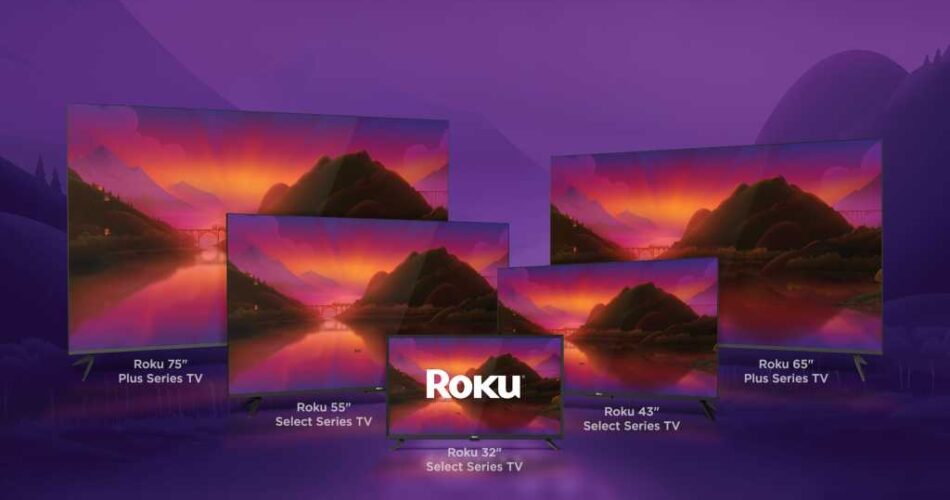In one of the more surprising announcement at CES this week, Roku announced that it will start making its own smart TVs.
Roku hasn’t gone into details about the televisions, but they’ll range in size from 24 to 75 inches, with prices from $119 to $999. The company plans to launch its first sets in the spring.
The move might seem like a head scratcher given Roku’s success with licensing its smart TV software to third-party TV builders. By leaning on the likes of TCL, Hisense, and Sharp, Roku has become the top-selling TV operating system in the United States. Thinking through it, though, Roku still has plenty of good reasons to get into the TV business itself.
A simple choice for TV buyers
Buying a TV can be an exhausting process. Major brands such as Samsung and Sony offer upwards of a dozen models for every screen size, and distinguishing between them requires you to understand a glossary of complex technical jargon.
Roku, by contrast, will offer just two models for each screen size: “Select” will be the budget option, while “Plus” will offer more advanced features–including Roku’s best remote.
While this approach will be a non-starter if you’re seeking a certain panel type (such as QD-OLED) or very specific features, Roku’s in a great position to offer a simpler choice. Presumably, the company knows what kinds of existing Roku TVs are most popular, and it’s tailoring its lineup to meet those mainstream needs.
More opinionated products
Whereas some cheaper Roku TVs don’t support voice control, Engadget reports that Roku will include voice remotes with all of its televisions. Apparently the company feels that voice control is an important enough feature to include regardless of the cost. (Someone tell that to whoever’s in charge of the Roku Express.)
Looking ahead, one can imagine Roku using its own TVs to emphasize other novel features, akin to how Amazon includes hands-free voice control and an ambient photo frame mode in its Omni TVs. Roku’s announcement says it will use its own TV line to “enable future smart TV innovations,” so it might eventually think up new features that other TVs don’t offer.
Smoother support
Over the years, I’ve fielded several complaints from readers about Roku TVs from TCL and other manufacturers. 2021’s Roku OS 10.5 update was particularly problematic, as it caused channel-loading issues and problems with turning off motion smoothing. I’ve also heard from users who can no longer get Dolby Atmos support on TCL TVs, and some who’ve lost access to Expert Picture Settings in Roku’s mobile app.
Bugs happen, and Roku’s not alone in dealing with them, but by making its own TVs, Roku might have an easier time solving problems when they arise. Users, meanwhile, won’t have to worry about the TV maker and Roku passing the buck back and forth. If something goes wrong with a Roku-made TV, you’ll know exactly who to blame.
Better bundling
Beyond its smart TVs and streaming players, Roku is trying to build out a broader ecosystem with soundbars, speakers, and even smart home devices. Given that Roku already sells soundbar, subwoofer, and surround-sound bundles, throwing in a TV seems like the next logical step. That kind of bundling is unlikely to happen with other TV makers, many of which have their own soundbars to peddle instead.
Profit protection
According to a report in late 2021 from The Information, other companies are getting more serious about stealing TV market share from Roku. Google, for instance, was reportedly paying TV makers up to $15 per unit to include its Google TV software, whereas Roku was only paying up to $8 per unit. (In case it’s not obvious, they’re willing to pay because they can make more money on targeted ads and subscriptions in the long run.)
For Roku, making its own TVs could be a hedge against rising costs to license out its software to other companies. If its own TVs prove successful, the savings could really add up.
Now, to see if Google and Apple follow suit.
Sign up for Jared’s Cord Cutter Weekly newsletter for more insights from the streaming TV world.
Source link




